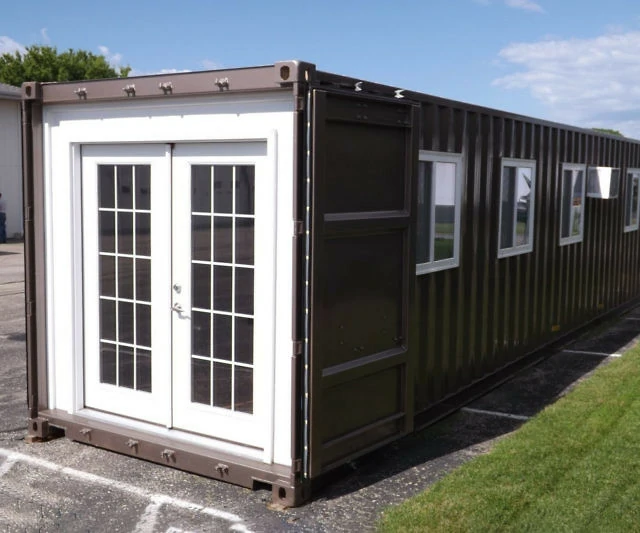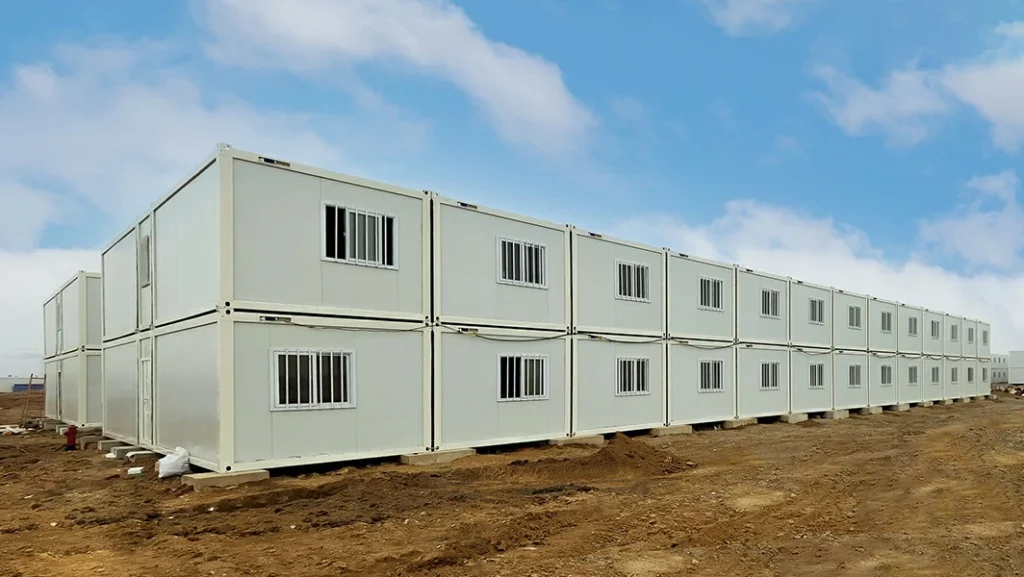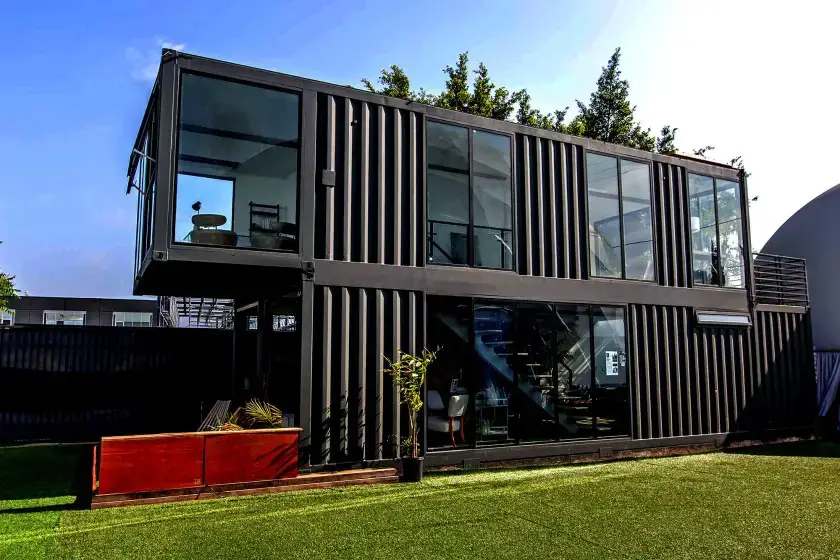The architectural landscape has witnessed a transformative wave with the increasing popularity of metal container buildings. This discussion aims to illuminate the diverse advantages that make these structures a compelling choice in contemporary construction. From sustainability to cost-effectiveness, metal container buildings showcase a range of benefits that resonate with the evolving preferences of builders and occupants alike.

Eco-Friendly Construction Practices.
Container buildings epitomize eco-friendly construction practices than normal buildings. This approach significantly reduces the environmental impact associated with traditional construction materials. Embracing the principles of sustainability, the container buildings contribute to the global movement towards responsible and resource-efficient building practices.
Structural Integrity and Durability.
One of the foremost advantages of metal container buildings lies in their inherent structural integrity and durability. Constructed from robust steel, these buildings offer resilience against harsh weather conditions, seismic activity, and the test of time. This durability not only ensures a long lifespan but also minimizes the need for extensive maintenance, making them a pragmatic choice for long-term use.

Rapid Construction and Time Efficiency.
Metal container buildings redefine the pace of construction with their prefabricated nature. The modular construction allows for simultaneous work on multiple sections, reducing on-site construction time significantly. This accelerated construction timeline not only addresses urgent housing needs but also minimizes disruptions in communities, showcasing the time efficiency inherent in this building approach.
Cost-Effective Solutions.
The utilization of metal containers in construction brings inherent cost-effectiveness to the forefront. Compared to traditional building materials, steel containers are readily available and require less processing. This streamlining of the supply chain and reduced material processing translates into substantial cost savings for builders, making them an economically sound choice.
Design Flexibility and Innovative Architecture.
Metal container buildings offer a canvas for creative design and architectural innovation. The modular nature of containers allows for versatile floor plans and configurations, encouraging architects and builders to explore unique and contemporary designs. This design flexibility ensures that container buildings stand out aesthetically while providing functional living or working spaces.
Adaptive and Customizable Spaces.
Metal container buildings are inherently adaptable, offering customizable spaces that cater to diverse needs. The modular design allows for easy expansion or repurposing based on changing requirements. Whether used for residential, commercial, or industrial purposes, the adaptability of it ensures that they can evolve with the dynamic demands of their occupants.

In conclusion, the advantages of metal container buildings extend beyond their structural prowess. From sustainability and durability to cost-effectiveness and design flexibility, these buildings present a holistic and innovative approach to modern construction. As the construction industry continues to embrace sustainable and efficient solutions, container buildings emerge as a symbol of adaptability, blending practicality with the aesthetic and environmental considerations of contemporary architecture.